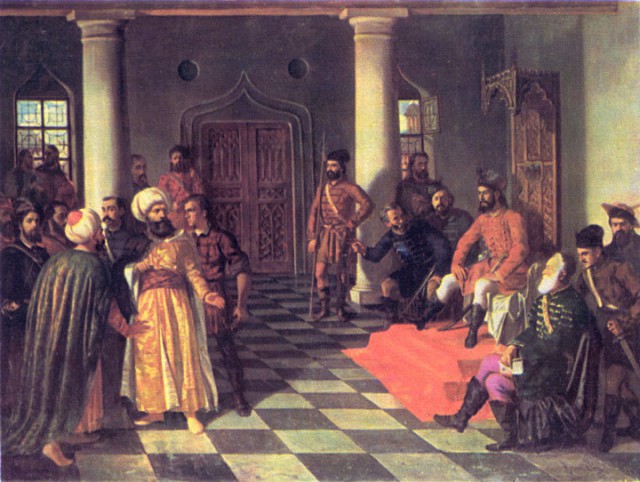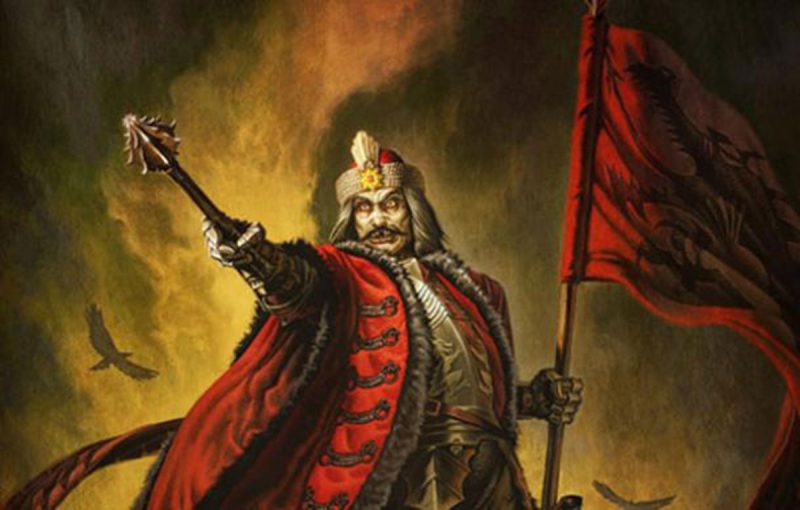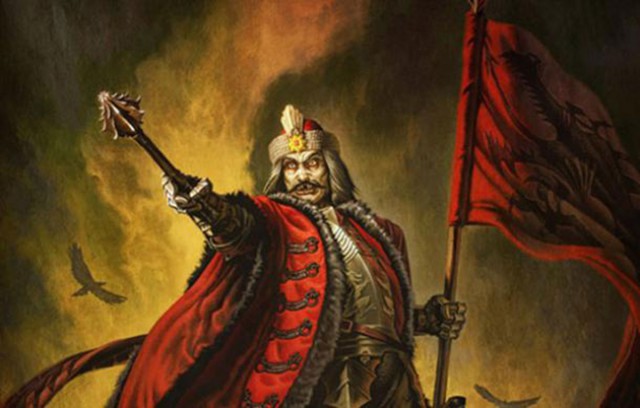Vlad the Impaler, Vlad Tepes, is one of the greatest and more interesting figures from history. Vlad III was likely born in a fortress named Sughisiara in the actual Romania in 1431. He was the son of Vlad II, also known as Vlad Dracul, since he was a member of the Order of the Dragon, a Christian military order. He was the governor of a place name Wallachia. Wallachia was a very important place since it was the only thing that separated the Ottoman Empire from Hungary and the whole Christian kingdoms.
Vlad III supported the Ottoman Empire and in 1442 after a “diplomatic meeting” with Sultan Murad III he and two of his sons, Vlad and Radu, were taken hostages. Vlad II was released, but his sons were kept there as a guarantee that he would support the Turks’ cause. Vlad and Radu were well treated and were tutored in the way of the nobles. Vlad II and his other son were not so lucky. As a consequence of an old feud about who should rule, he was killed and his son was buried alive after being tortured and blinded.
Shortly after, in 1448, Vlad III was released and went back to Wallachia to take back his rightful seat. He succeeded, but this success did not last long. He disappeared for some time and only returned in 1456, when he abandoned the Ottoman cause and joined the Hungarian one, though only after he got military support from the king. This time he got the governor seat for a longer time.

He was a good military leader and he was often victorious in every battle he held, the ones against the Ottoman incursions and the internal riots. He was celebrated by a lot of people, including the Pope Pius II, which held him in high regard. Though he was a good leader and is remembered as a good figure till this day (mostly in Romania), he gained this by a lot blood-shedding. That’s how he gained his name too.
To bring internal peace to Wallachia, he invited all the local warlords to a banquet, after it was over he stabbed them all and impaled them. It is important to emphasize that the people who were impaled suffered quite a lot. It could take days for the people to die, specially if rounded poles were used instead of sharp ones to prevent internal damage.
Another famous story is when some Turk diplomatic envoys came to him to claim the tribute, which consisted both in money and people, that he refused to pay. Since they would not take off their turbans before him as an act of respect, he had them nailed to their heads.
One of his most renown victories was the Night Attack. The Sultan Mehmed II attacked Wallachia in 1462, and Vlad III attacked the Turkish camp and tried to kill the Sultan. He failed this mission, but he won the battle. When Mehmed marched to Targoviste, the capital of Wallachia, he found 20,000 impaled Turks and retreated.
All in all, it is believed that he had more than 80,000 people impaled, but doing so he gained order and stability in his kingdom and had the Turks in line while he ruled.
Later in 1462 he got exiled by Mehmet and only returned to his seat in 1475. He was killed shortly after in an ambush while marching to battle. Some say he was beheaded and that his head was taken to Mehemed and displayed in the city gates, but probably he was just buried by monks in a monastery named Comana, which was founded by Vlad.

